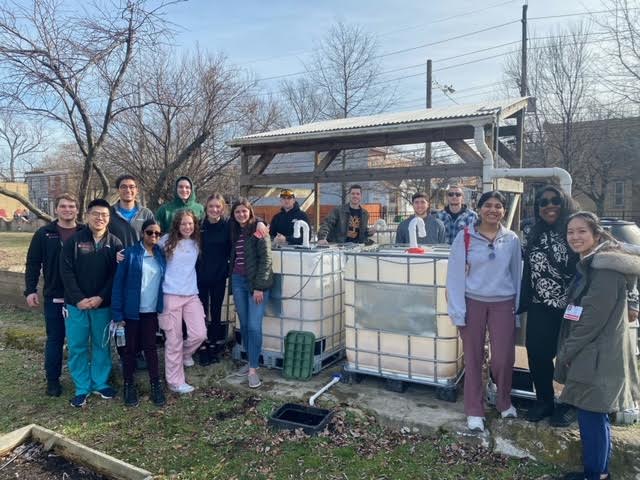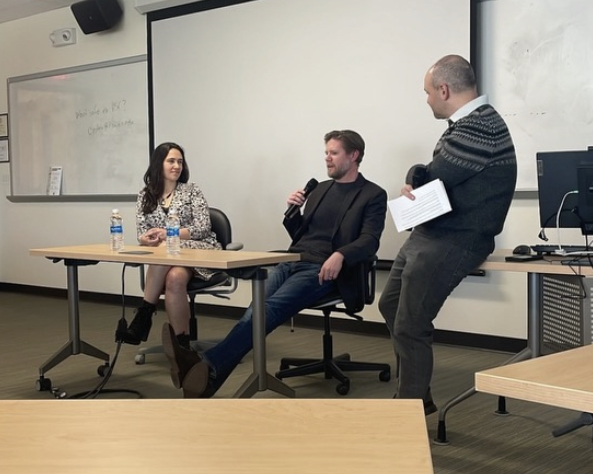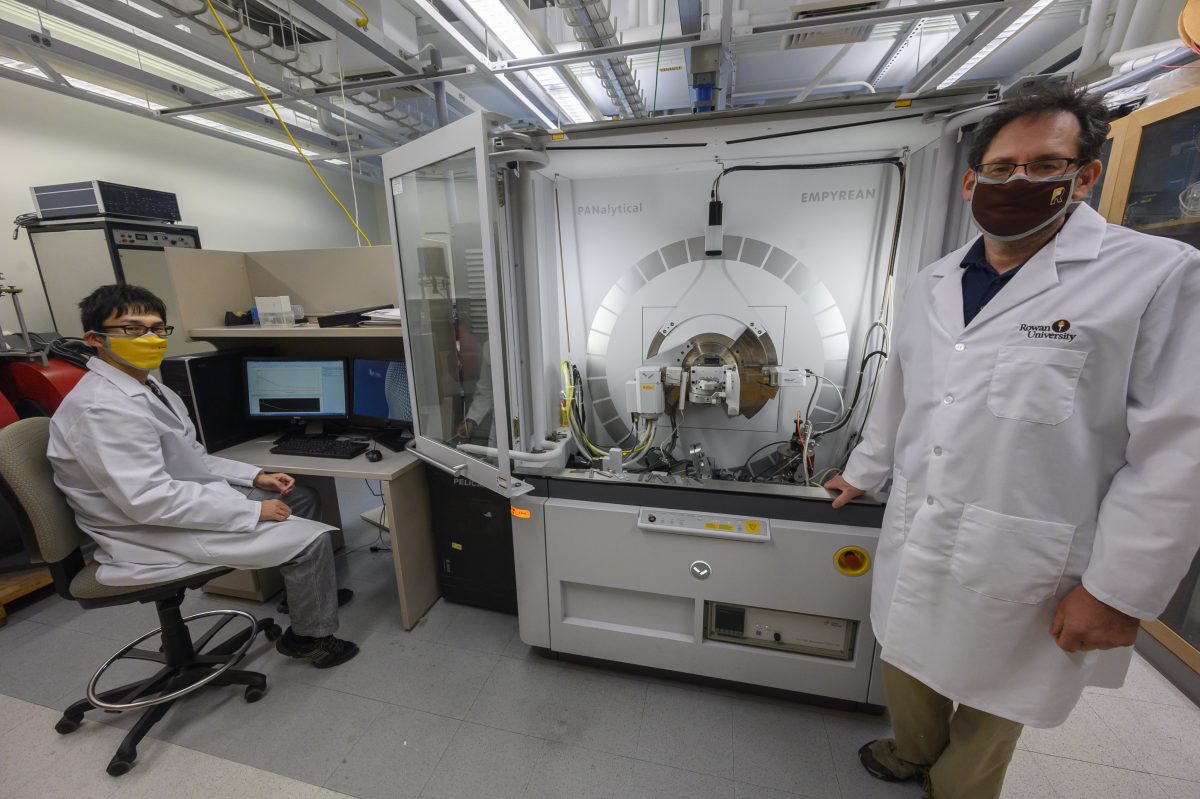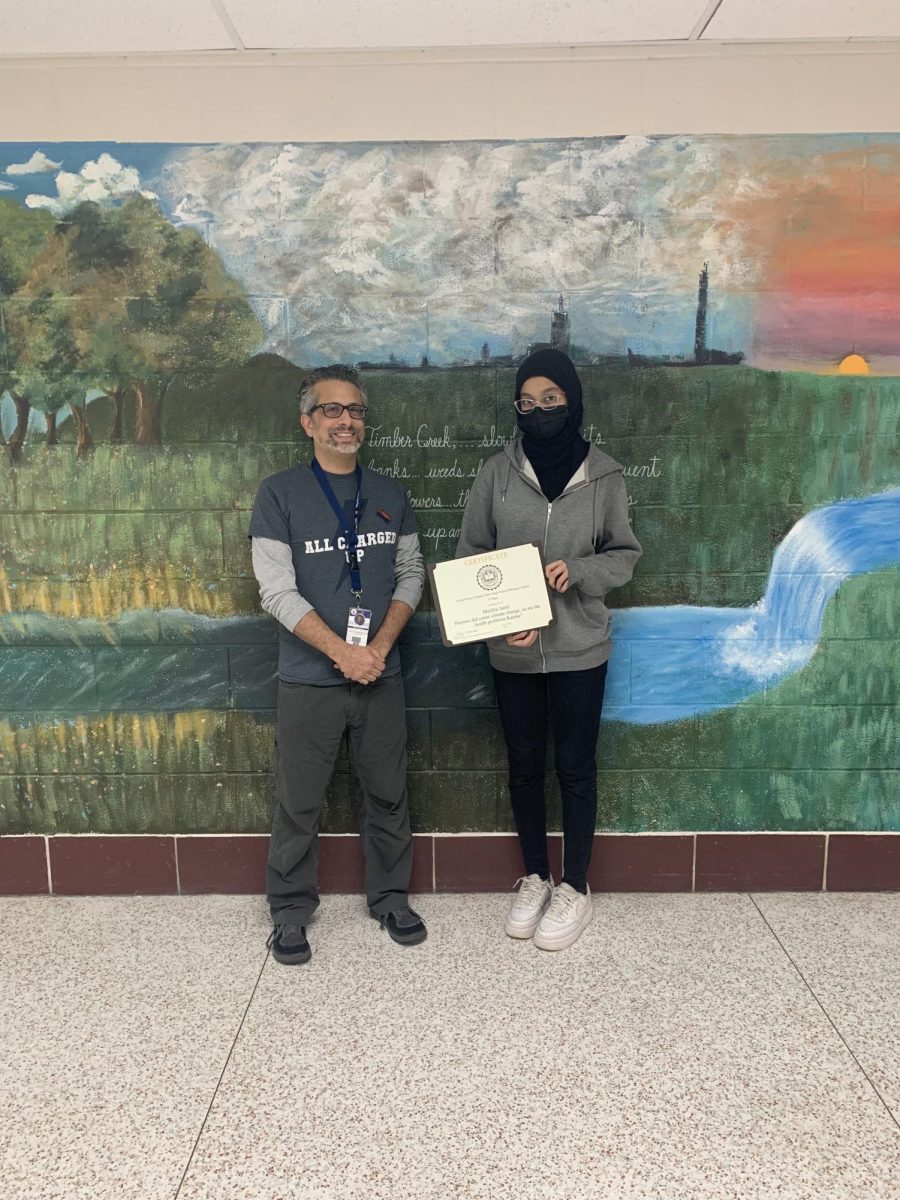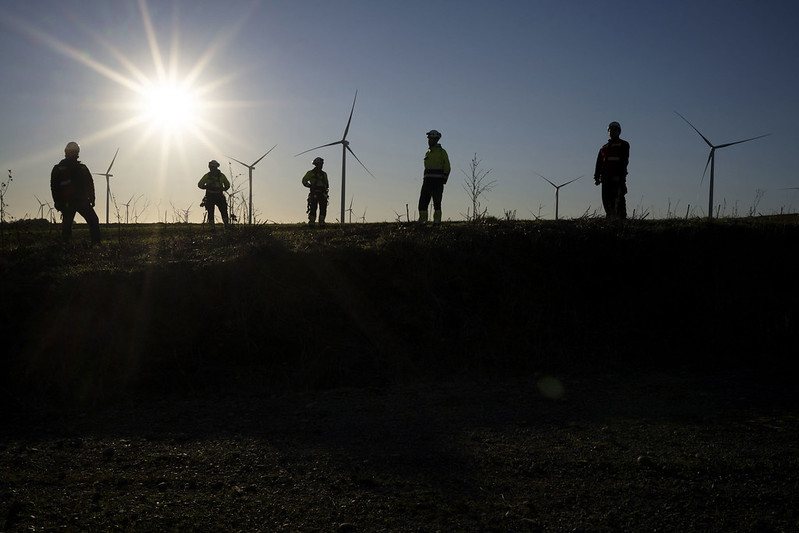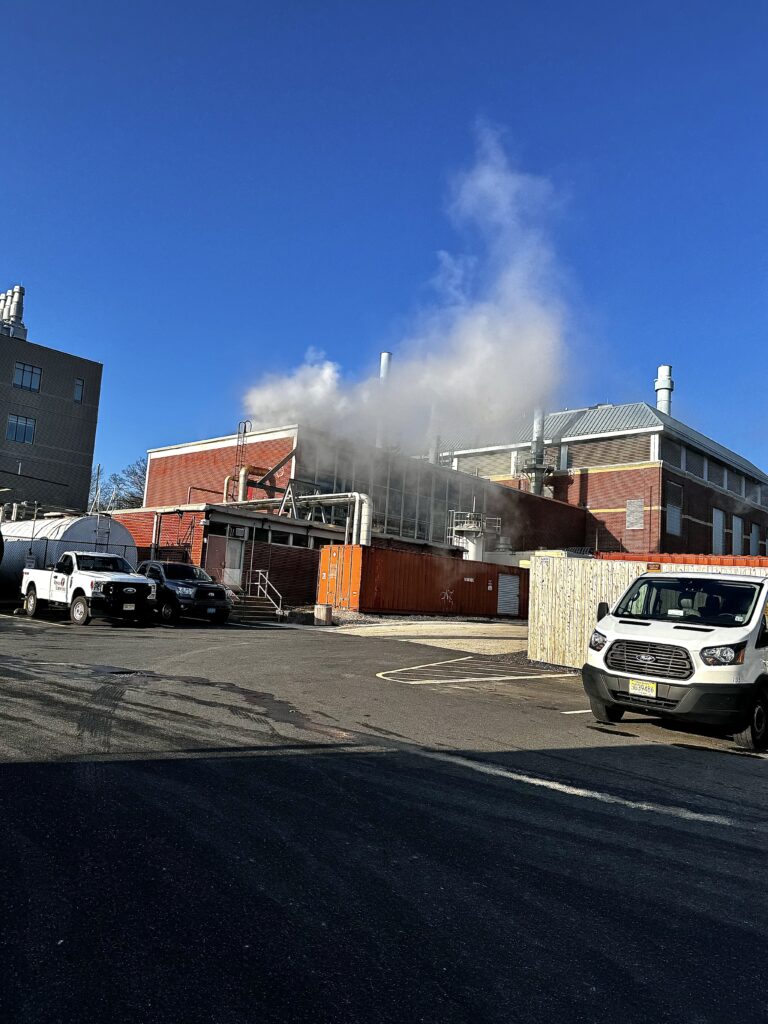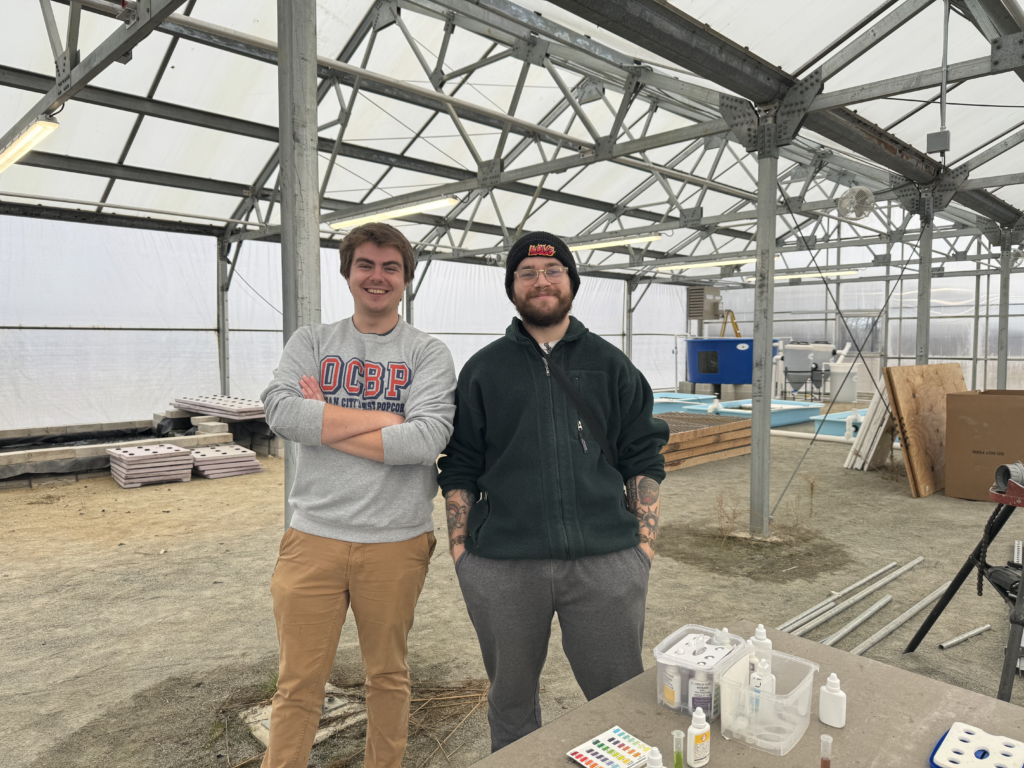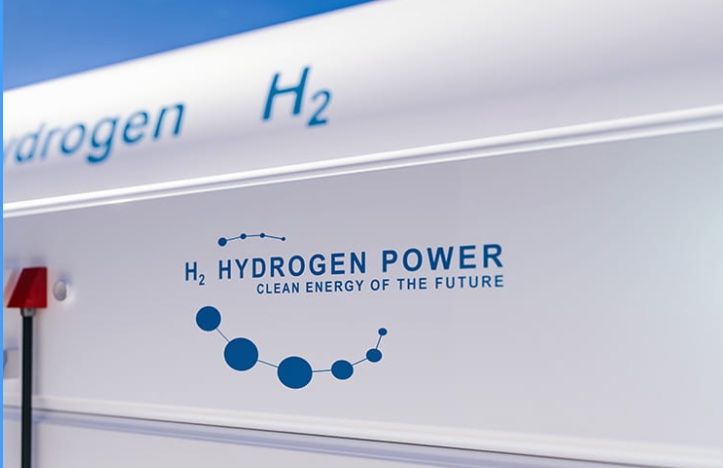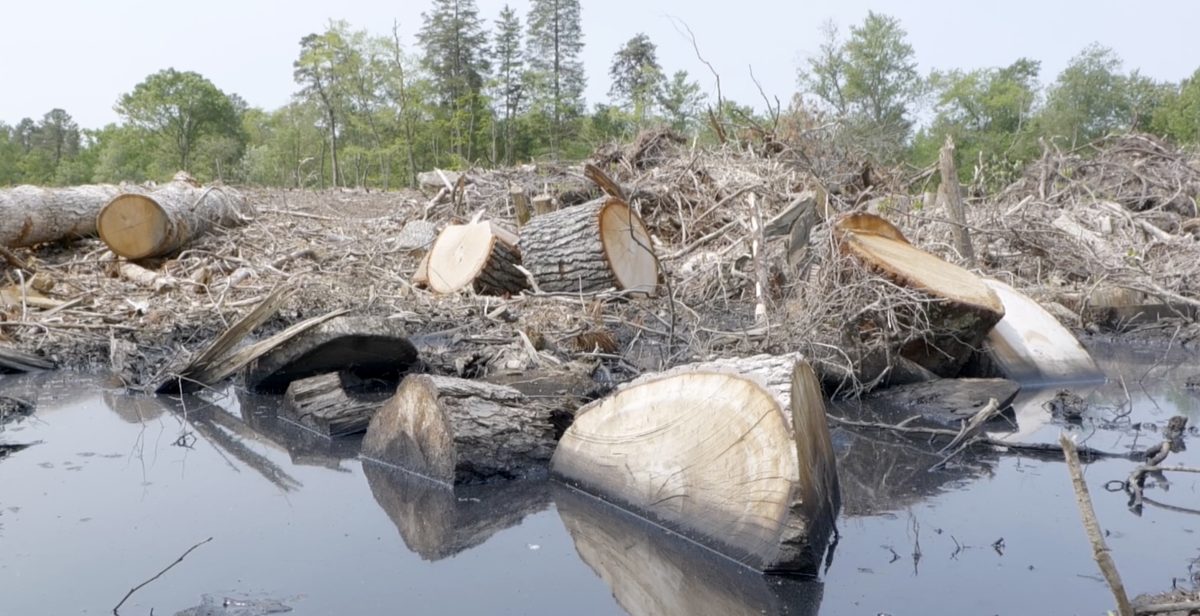By Mohamed Nada
As life goes on, the more we make, but have you ever considered how much of a toll it takes on the environment? Greenhouse gases have been on the rise during the past century, and recently researchers at Rowan University have discovered a way to cut back on greenhouse gases as well as finding an effective way to do so.
Rowan University and corporate researchers have developed a process to efficiently convert a greenhouse gas into useful materials that can be sold to make new products like plastics, according to the Rowan University website.
“The new method centers on a novel electrochemical catalyst to reduce atmospheric carbon dioxide, the primary greenhouse gas produced in massive quantities by human activities such as through burning fossil fuels,” according to the university’s website. The novel process was developed by Dr. Samuel Lofland, professor of physics at Rowan University, Atsushi Ikoma, a researcher at Sekisui Chemical, and Naohiro Fujinuma, a graduate student in the Henry M. Rowan College of Engineering.
Lofland discussed electrochemical carbon dioxide conversion and how he believes it will be one of the most promising techniques for creating a sustainable carbon cycle.
“The big thing is that, we can use this process to take this carbon dioxide out of the atmosphere and in principle turn it into almost any organic material with some additional processing,” Lofland said. “We are taking carbon dioxide and converting it into carbon monoxide. Now, carbon monoxide makes people concerned… but carbon monoxide is more manipulatable. You can do more things with it, and carbon dioxide itself is very stable.”
Lofland added this new process would reduce the impact of additional carbon dioxide in the atmosphere and mitigate its role in climate change.
“The idea is that carbon forms all the bases of all organic materials, and carbon dioxide is the most readily form of carbon that is in the atmosphere,” Lofland said. “We know that all plants get their carbon dioxide from the atmosphere… and we are continuing to cut down forests, and the amount of plant matter is actually, you know, decreasing. At the same time, we are using so much fossil fuels, which is increasing the amount of carbon dioxide in the atmosphere.”
He added: “We need to think of some alternative ways to sort of suppress the carbon.”
Fujinuma said there are many ways to mitigate carbon emission.
“I think the first step is less energy consumption, and second step is use sustainable energy/materials,” he said in an email interview. “Anything to reduce the energy consumption from fossil fuels can contribute the cut of the emission such as reducing a drive of cars, turning off the light, buying unnecessary things, walking/biking to commute (it’s good for your health!).
“In order to drive economy at the same time, we can invest in more sustainable energy/materials,” Fujinuma said. “For example, solar panels and windmills are attractive alternative ways to sustain our energy with cutting of the carbon emission.”
Fujinuma followed up on this statement by saying, “Another interesting application of electrochemical CO2 conversion is fuels for mobile and aviation industry. There are a couple of pathways to convert CO2 to hydrocarbon fuels including electrochemical reactions. One challenge for this application is the target cost is more severe because fossil fuels are relatively cheap compared to polymer applications.”
He added, “I understand that this electrochemical CO2 conversion project is both Prof. Lofland’s and my research. I proposed this project from scratch and am grateful that he and I have made a good progress on that. My current plan is to keep studying about electrochemical reactions in conjunction with new methodologies and materials. For instance, we are now working on a machine learning application for this electrochemical reaction to expedite optimization and material exploration.
“I am always interested in sustainable and green technologies, especially including energy conversion,” Fujinuma said. “For example, I developed a new type of solar cells before joining Rowan University. I want to be open to opportunities of interdisciplinary research and will keep actively seeking interesting next steps.”



